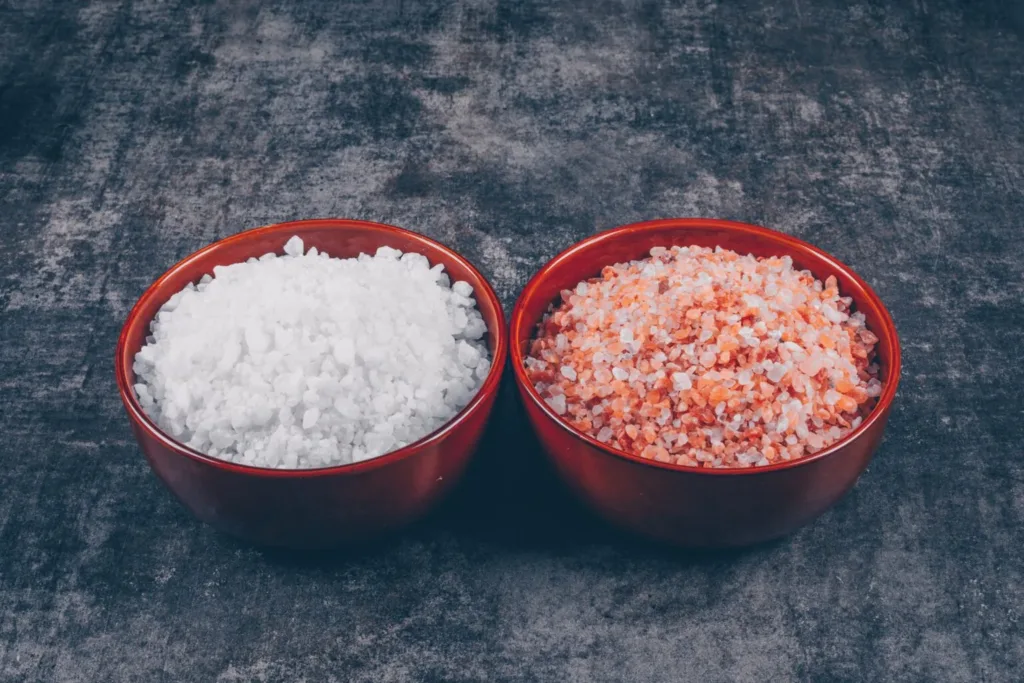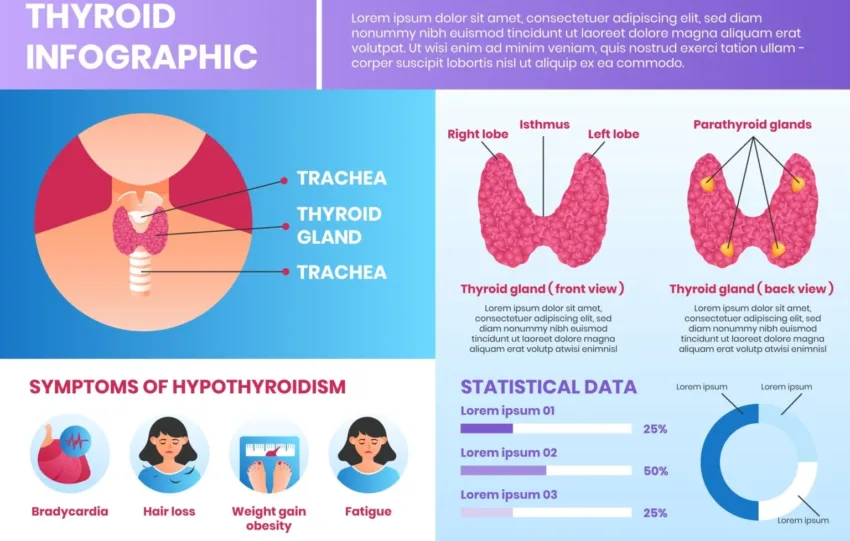
Iodized salt is often taken for granted in modern kitchens, yet it is one of the most impactful public health innovations of the 20th century. By addressing iodine deficiency—a major global health issue—this simple solution transformed lives and reduced the prevalence of debilitating conditions. In this article, we explore the science behind iodized salt, its health benefits, and its profound impact on public health.
The Basics of Iodized Salt
Iodized salt is regular table salt fortified with a small amount of iodine, an essential trace mineral. Iodine is critical for the production of thyroid hormones, which regulate metabolic processes, growth, and brain development. Adding iodine to salt was first proposed as a cost-effective way to combat widespread iodine deficiency.
Why Is Iodine Essential?
Iodine is vital for synthesizing thyroid hormones—thyroxine (T4) and triiodothyronine (T3)—that control:
- Metabolism: Regulating energy use and storage.
- Growth and Development: Ensuring normal physical and brain development in children.
- Reproductive Health: Supporting normal pregnancy outcomes.
Deficiency in iodine can lead to several health problems, including goiter, hypothyroidism, intellectual disabilities, and developmental delays.
The History of Iodized Salt
1. The Iodine Deficiency Epidemic
In the early 1900s, large populations, particularly in mountainous and inland regions, suffered from iodine deficiency. Symptoms like goiter (enlarged thyroid gland) and mental impairments were common.
- Cretinism: Severe iodine deficiency during pregnancy led to congenital hypothyroidism, resulting in irreversible intellectual and developmental disabilities.
2. The Discovery of Iodine’s Role
In the early 19th century, scientists identified iodine as a critical element for thyroid health. This discovery paved the way for interventions targeting iodine deficiency.
3. The Introduction of Iodized Salt
In 1924, Switzerland and the United States pioneered salt iodization programs. By fortifying table salt with potassium iodide, governments tackled iodine deficiency on a population-wide scale.
How Iodized Salt Works
The process of iodizing salt involves adding a precise amount of iodine compound (e.g., potassium iodide or potassium iodate) to common salt. This ensures consistent iodine intake across populations, as salt is a widely consumed food ingredient.
Why Salt?
- Universal Consumption: Salt is a staple in almost every diet worldwide.
- Cost-Effectiveness: Adding iodine to salt is inexpensive.
- Convenience: Fortification does not alter taste, making it an acceptable solution for all.
The Impact of Iodized Salt on Public Health
1. Reduction of Iodine Deficiency Disorders (IDDs)
Iodized salt has significantly reduced the prevalence of iodine deficiency disorders worldwide, including:
- Goiter: Reduced by 90% in regions with iodized salt programs.
- Congenital Hypothyroidism: Decreased rates of intellectual and developmental disabilities in newborns.
2. Improved Cognitive Outcomes
Studies show that children born in regions with iodized salt programs score higher on IQ tests, reflecting the mineral’s role in brain development.
3. Improved Pregnancy Outcomes
Maternal iodine sufficiency reduces the risk of stillbirths, preterm births, and developmental delays in infants.
Global Adoption of Salt Iodization
1. Universal Salt Iodization (USI)
The World Health Organization (WHO), United Nations Children’s Fund (UNICEF), and other health organizations advocate for universal salt iodization as the most effective strategy to eliminate iodine deficiency.
2. Success Stories
- United States: Salt iodization almost eradicated goiter by the mid-20th century.
- India: The National Iodine Deficiency Disorders Control Program (NIDDCP) ensured that iodized salt reached rural areas, reducing goiter prevalence.
- Africa: Several countries implemented iodized salt programs with significant success in lowering IDD rates.
Challenges in Salt Iodization
Despite its success, salt iodization faces obstacles:
- Access in Remote Areas: Regions without industrialized salt production struggle to implement fortification programs.
- Iodine Stability: Heat, light, and humidity can degrade iodine in salt, reducing its efficacy.
- Consumer Preferences: Some populations prefer non-iodized salts, such as sea salt, which may lack sufficient iodine.
Scientific Advancements in Iodized Salt
1. Stabilized Iodine Compounds
Research has improved the stability of iodine in fortified salts, ensuring consistent iodine levels even in harsh storage conditions.
2. Double Fortified Salt
Some programs now offer salt fortified with both iodine and iron to address multiple micronutrient deficiencies.
Alternatives to Iodized Salt
In areas where iodized salt is unavailable, other strategies include:
- Dietary Diversification: Promoting iodine-rich foods like seafood, dairy, and eggs.
- Iodine Supplements: Providing capsules or tablets to high-risk groups like pregnant women and children.
- Fortified Foods: Adding iodine to other staples, such as bread or water.
Maintaining Balance: The Risks of Excess Iodine
While iodine deficiency is a concern, excessive intake can also cause health issues, such as:
- Thyroid Dysfunction: Excessive iodine can trigger hyperthyroidism or hypothyroidism.
- Autoimmune Conditions: High iodine levels may contribute to autoimmune thyroiditis in susceptible individuals.
The WHO recommends iodine intake limits to ensure safety:
- Adults: 150 micrograms/day (upper limit: 1,100 micrograms/day).
- Pregnant Women: 220 micrograms/day.
FAQs About Iodized Salt
1. Why was iodine added to salt?
Iodine was added to salt to combat iodine deficiency disorders like goiter and congenital hypothyroidism, as salt is a universally consumed food item.
2. Can I get enough iodine without using iodized salt?
While possible, it can be challenging. You would need to consume iodine-rich foods like seafood, dairy, and eggs regularly.
3. Is sea salt a good source of iodine?
Most sea salts are not fortified with iodine, and their natural iodine content is inconsistent.
4. Can too much iodized salt harm you?
Excessive iodine intake from salt can cause thyroid dysfunction, so moderation is key.
5. Is iodized salt safe during pregnancy?
Yes, iodized salt is crucial during pregnancy to support fetal brain development and prevent iodine deficiency in both mother and baby.





